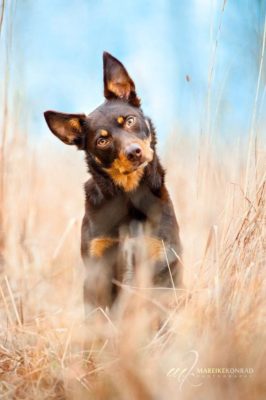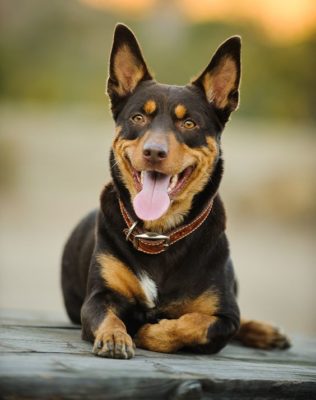Australian Kelpie
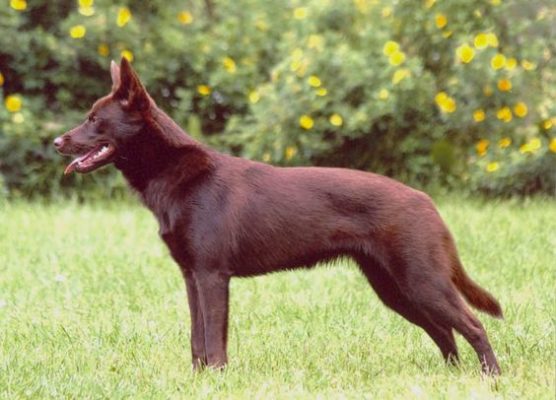
The Australian Kelpie is considered one of the most trainable breeds. It excels in sporting and working roles. Many work as guide dogs for people with special needs. They are also used in search and rescue operations. Kelpie dogs are exported worldwide and are used for herding sheep, ducks, cattle, and goats.
Table of Contents
Breed Information
| Another Name | – |
| Origin | Australia |
| Height | Males 45-50 cm Females 41-45 cm |
| Weight | Males 17-20 kg Females 14-18 kg |
| Fur | The coat is short, with a thick undercoat |
| Color | Black, black-brown, red, red-brown, deer, chocolate, dark gray |
| Lifespan | 10-14 years |
| FCI Classification | Sheepdogs and Cattledogs (except Swiss Cattledogs) |
| Group | Service dogs |
| Price | From $400 |
Breed Photos
Origin History
The word “kelpie” comes from a myth about a water horse carrying evil will to humans. The basis for the breed was a black and white collie imported from England. One of the earliest descendants of this breed was named Kelpie by its owner, and the name stuck for several generations.
These early experiments inbreeding were a hardy, intelligent dog that was well suited to the climate of the Australian outback. It could run for hours, even without water, and be entirely independent.
The breed became popular outside Australia in the twentieth century and was used in cattle, goats, and reindeer, among others, in many parts of the world. Today there are two types of the breed: the working Kelpie and the Show Kelpie. The latter is less slender and athletic. Kelpies were created by crossing early collies with other herding dogs and possibly dingoes. Thousands of kelpies herd cattle daily in their homeland of Australia and the United States, Canada, and other parts of the world.
Appearance
The Australian Kelpie has a compact body and well-developed limbs. The kelpie dog has a broad chest and strong hindquarters that contribute to its vigor. The head is long and narrow. The tail is medium length and low-set.
The neck and back are strong and muscular. The coat is short, with a thick undercoat. The hair can be of any color.
Male kelpies are usually about 45-50 cm tall and weigh 17-20 kg. On average, females reach 41-45 cm in height and weigh between 14 and 18 kg.
Character
The Australian Kelpie is considered one of the most trainable breeds. It excels in sporting and working roles. Many work as guide dogs for people with special needs. They are also used in search and rescue operations. Kelpie dogs are exported worldwide and are used for herding sheep, ducks, cattle, and goats.
Obviously, learning the basics of obedience is not a big problem for a kelpie. But for most owners, the difficulty is to keep the training varied and exciting enough.
Members of this breed are very loyal and vigilant. But without adequate socialization, they can be frightened or aggressive toward strangers. Most dogs are very good with children and other animals.
Care
The short hair of a kelpie dog should be combed out once a week. In the fall and spring, two or three times. Active Australian Kelpies often wear out their nails naturally, but it’s a good idea to check them and trim them if necessary. Also, keep his ears clean and bathe him if he gets dirty. Brush your pet’s teeth often for good health and fresh breath. Otherwise, this breed does not require any special care.
Training
This breed is brilliant and friendly. The Kelpie is a dog that often sees itself more as a partner than a pet. And it does require an experienced owner and specific training. Without training, the breed will quickly become restless and troublesome. So anyone considering buying a Kelpie should be prepared to work with it from a young age, whether it’s a serious job or a household request from the owner.
Common Diseases
The Kelpie is a reasonably healthy dog, although it suffers from some ophthalmic conditions common to many breeds:
- abiotrophy of the brain;
- eye anomaly;
- cranial cruciate ligament rupture;
- hypothyroidism;
- microphthalmia;
- progressive retinal atrophy.
Nutrition
A combined diet is recommended. This will allow you to take full advantage of natural food and different feeds.
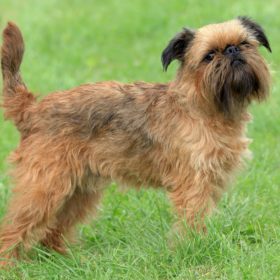 Griffon Bruxellois
Griffon Bruxellois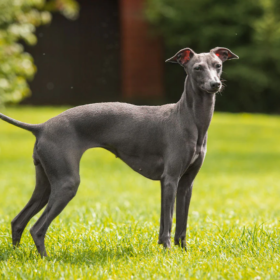 Italian Greyhound
Italian Greyhound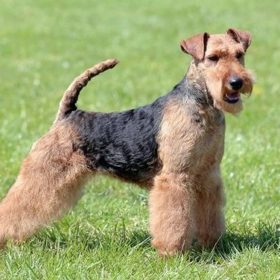 Welsh Terrier
Welsh Terrier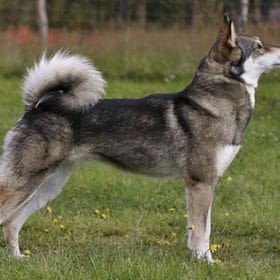 East Siberian Laika
East Siberian Laika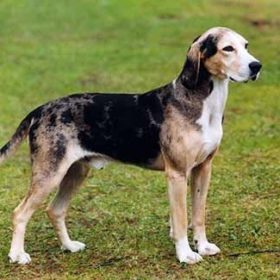 Dunker
Dunker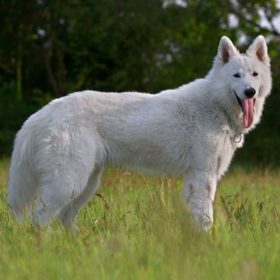 White Swiss Shepherd
White Swiss Shepherd